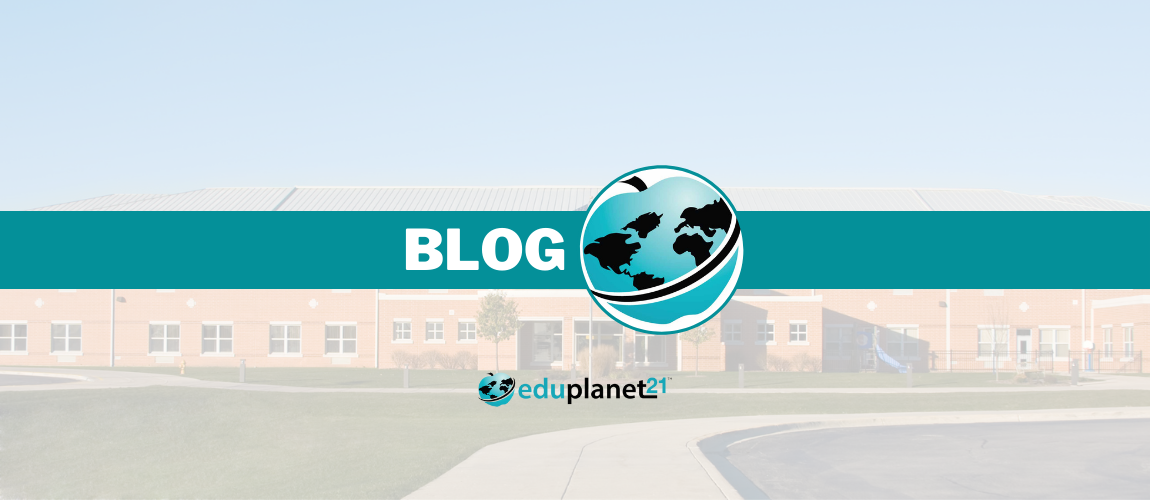Revising an existing curriculum structure or overhauling curriculum completely is a huge task that requires a lot of buy-in and collaboration to succeed. Each step of the process will require negotiation between teams of teachers and administrators across content areas, grade levels, and educational approaches.
At its core, developing a curriculum is much like developing a system of government. The structure governing decisions about what and how material should be taught and assessed needs both a strong foundation and the flexibility to adapt. Most importantly, the people who will be using this curriculum on a daily basis need to not only understand it, but value it and participate in maintaining its function.
If you want to create a consistent and meaningful school-wide curriculum, here are some important starting points.
A successful curriculum centers on backwards design so that the end goals are always well articulated and visible to everyone involved. It’s a lot easier to explain choices and allow for flexibility if there is a shared goal at the core.
Implementing a school-wide curriculum or changing an existing framework can feel threatening to those who have to work within the framework. It’s important to create support for the new system by getting widespread involvement. The best way to get genuine support is to give participants room to help develop the curriculum from the beginning.
Curriculum design is like a funnel. An entire pitcher of broad, overarching goals is poured into the top, and by the time those goals actually reach the implementation stage in front of an individual student, they’ve become a single drop coming out of the narrowed spout on the other side. It should not be a mystery to anyone involved how the drop came from the whole. A good curriculum takes standards, connects them to specific performance tasks, and then connects those tasks to specific learning activities, which are then adapted for individual students. The pathway between the two should be visible and apparent.
Remember why you are redesigning curriculum in the first place: to get excellent educational outcomes from your students. One of the benefits of a solid curriculum is that it creates confidence in teachers to innovate and try new things because they know that they are operating within a solid framework and have a network of support.
There can be many gaps in an educational pathway. Students could lose important skills over school breaks or when moving from one grade to the next. Identifying the likely places for gaps and building in bridges to address them is another major benefit of a collaborative school-wide curriculum. If grade-level objectives align and have planned overlap and transitions, students will get the chance to refresh and refocus before moving on with the confidence and skills they need to succeed.
Getting everyone on the same page does not have to mean uniformity or inflexibility. In fact, a well-designed curriculum plan with buy-in and support allows everyone the space to be innovative and creative with their instruction.
